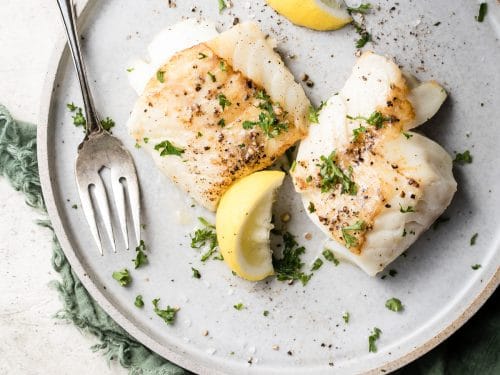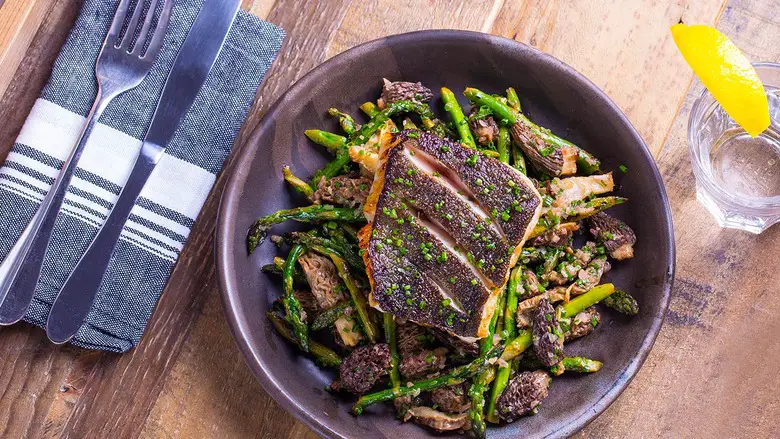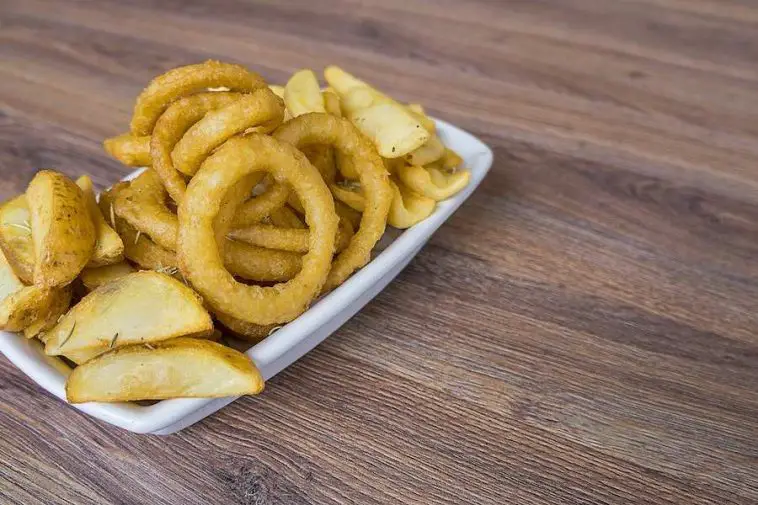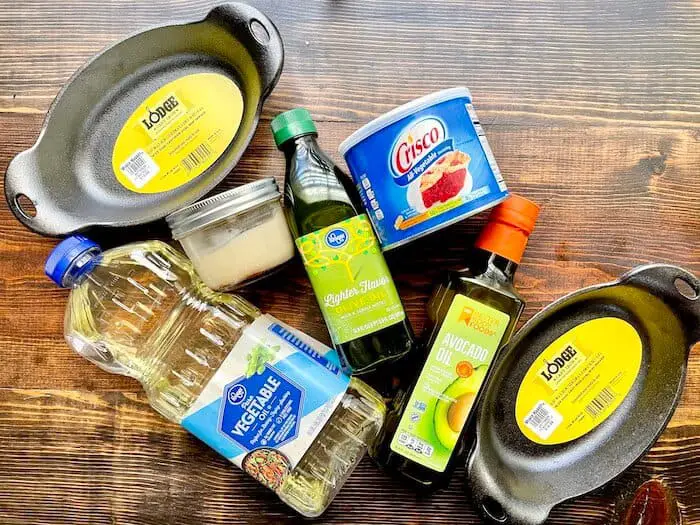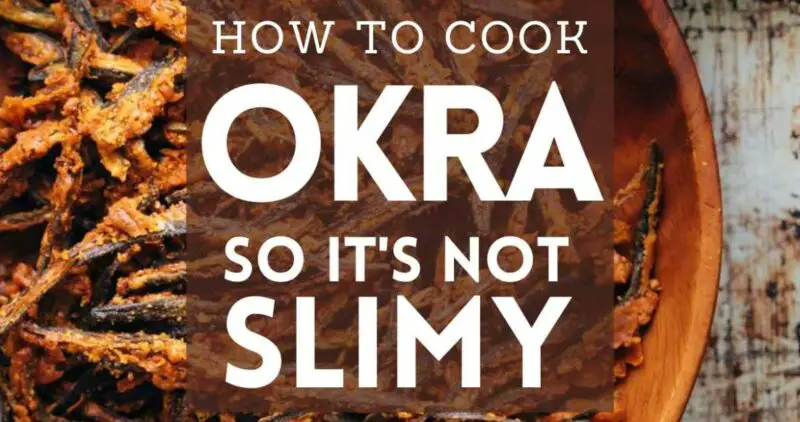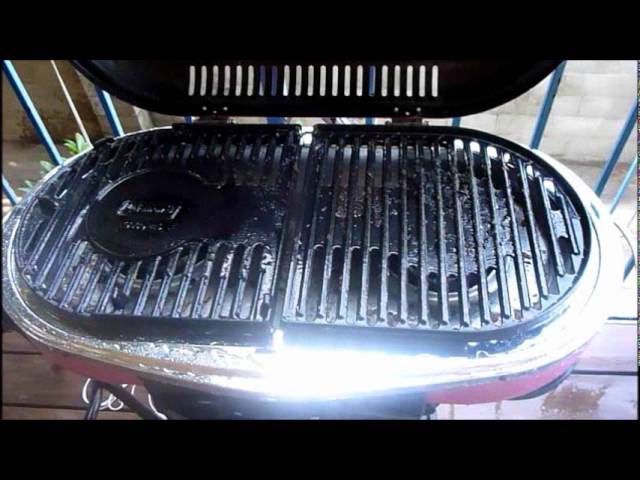Introduction
Cooked cod is a versatile and delicious seafood that can be enjoyed in many ways, from fish and chips to broiled fish fillets. However, not all cooked cod looks the same, and it can be difficult to know what to expect when preparing this fish. In this article, we will provide a comprehensive guide to what cooked cod looks like, how to identify it by appearance, smell, and taste, common cooking methods, safety precautions, and tips for perfectly cooked cod.
The Science behind Cooked Cod Appearance
The appearance of fish changes when cooked due to various factors. The texture and color changes in fish result from the heat’s effect on the proteins in the fish. When fish is heated, its muscle fibers contract and the liquid within them is squeezed out. This causes the flesh to shrink and become firmer.
Additionally, fish species and freshness also affect the appearance of cooked fish. Some types of fish have darker meat or thicker skin that may change their appearance when cooked. Freshness also plays a role in the appearance of cooked fish; fresher fish will typically have a brighter color and firmer texture than older or less fresh fish.
Identifying Cooked Cod by Appearance
When identifying cooked cod by appearance, there are several visual characteristics to look out for.
Color variations and their meanings
Depending on factors such as cooking temperature or method used (more on this later), cod can vary in color from white to pinkish-gray or yellowish-brown. White is the most common color for cooked cod, while pinkish-gray or yellowish-brown indicates that it may be overcooked.
Texture changes and what they reveal about doneness
Texture changes are another important clue to determining whether cod is fully cooked or not. One way to tell if cod is cooked through is to check its texture. When fully cooked, the flesh should flake apart easily with a fork. If it’s mushy or still translucent or translucent in the middle, it may need to cook for a little longer.
Skin appearance after cooking
The skin of cooked cod can also give indications as to the doneness of the fish. If the skin is crispy and golden-brown, the fish is likely fully cooked. In contrast, if the skin is mushy or rubbery, it might be undercooked.
Smelling and Tasting Cooked Cod
Another way to tell if cod is fully cooked is through smell and taste.
The aroma of cooked cod:
A well-cooked cod fillet will have a fresh, oceanic aroma that isn’t overpowering. However, an overwhelming odor may suggest that either the fish was not handled correctly before cooking or was overcooked.
Using smell to identify freshness of cooked cod
If the smell of cooked cod is sour or rancid, it’s a sign that the fish wasn’t fresh. Fresh cod should have little to no scent – an indication that handling and storage practices were done correctly.
Taste factors to consider when determining if cooked cod is optimal
Lastly, sensory judgments such as taste are essential when determining if your cooked cod is optimal. The taste should be light, mild in flavor but full of ocean-related notes that put forth a unique umami effect.
Common Cooking Methods for Cod
There are several methods to prepare delicious and visually pleasing cooked cod.
Overview of popular cooking methods for cod:
- Baking- This method allows for even heating in an oven with minimal manipulation thus allowing for even flake meat.
- Broiling- This is an intensely high heat method that chars the outside of the fish.
- Frying- Involves quick cooking in deep or shallow oil at high temperatures to create a crispy and golden appearance.
- Grilling- Similar to broiling only fire driven
- Poaching- this is a gentle cooking method that allows for low heat cooking and keeping the meat tender.
How these different methods affect the appearance of cooked cod
Different cooking methods can impact how your cooked cod looks. Baking, broiling, and grilling result in a more golden-brown color, while frying yields a crispy exterior due to breading influence. Additionally, certain types of cod may be better suited for specific methods: baking may be best for Atlantic cod as it often produces flakier meat.
Recommendations on ideal cooking method for optimal taste and presentation.
Incorporating fresh herbs like thyme or rosemary will add depth to your cooked cod’s flavor profile; adding lemon brings out the oceanic notes of the meat pairing perfectly. For optimal presentation, garnishing with toasted pine nuts and butter glaze resulted in an elevated final look.
Tips for Perfectly Cooked Cod
While varying processes deliver delicious results when preparing cod, adopting several techniques allows you to achieve the perfect texture, color, aroma, and flavor.
Preparing the fish before cooking
Before beginning your chosen preparation method clean your fillets thoroughly to remove any residual brine or dirt that might overpower other flavors. Remove bones if present by gently slicing them away using a pair of tweezers.
Factors that contribute to perfectly cooked cod
Controlling temperature throughout processing, consciously timing different stages of cooking process, and flavoring your meat actively with seasonings is key to achieving a savory profile.
Seasonings and flavor pairing suggestions
Alongside recommended flavors such as lemon, thyme, and rosemary – several other seasonings can be incorporated in the process. Spices such as cumin and smoked paprika give the cod a unique flavor that goes well with the earthiness of the fish itself. Similarly, pairing Mushroom risottos or Classic Italian Caponata alongside the cooked cod are a perfect complement.
Frequently Asked Questions about Cooking Cod
Let’s get into some of the most frequently asked questions when it comes to cooking cod;
What temperature should I cook cod?
In most cases, cod should be baked at 350°F until it reaches an internal temperature of 145° F.
How long does it take to cook cod?
Baking at 350°F should take approximately 15-20 minutes; broiling will take upwards of 5 minutes; frying around 2-4 minutes depending on desired crispiness.
Should I leave skin on the fish while cooking?
It is up to personal preference whether to leave skin on – however, if you decide to leave your skin on, flipping o er once is essential for even cooking.
Safety Precautions when Cooking Cod
While preparing and consuming fish is enjoyable, it is important to practice food safety guidelines strictly:
- Proper handling techniques from preparation to storage- Cleaning all cuts and discarding any already bad meat before cooking.
- The importance of cooking fish to a safe internal temperature – Important for killing harmful bacteria and ensuring safe consumption.
Additionally, always ensure your fillets are from a reputable supplier who follows proper handling methods.
Overcooked vs. Undercooked: Knowing the Difference
Understanding the difference between undercooked and overcooked cod is essential to getting your dish right.
Signs of overcooked and undercooked cod
Undercooked cod will have translucent flesh in the middle, or flesh that doesn’t flake easily against a fork. Overcooked cod may look dried out – possibly even having a brownish color on the top rather than white.
How to fix overcooked and undercooked fish
If you haven’t finished cooking your cod yet, it’s always best to check temperatures every few minutes until your fish is cooked through. If you’ve already finished cooking, it’s still possible to fix overcooking by bathing the cod in a butter glaze for moisture retention. Undercooked fish should be re-cooked until cooked properly.
How to avoid undercooking or overcooking
Monitoring temperature throughout all phases of cooking; having the right equipment repels any encountered mistake while incorporating an expert temperature probe cuts down time.
Conclusion
In conclusion, cooked cod is delicious and healthy seafood if correctly prepared and consumed safely. Understanding visual signs such as color variations can mean the difference between phenomenal or subpar results. Comprehending different textures, aroma, and taste alongside techniques for proper handling give you an ideal groundwork for achieving perfect results every time. Don’t play with fire- experiment with flavors instead- follow outlined safety measures- enjoy heavenly sea-inspired dishes!
Frequently Asked Questions
What Does Cooked Cod Look Like?
1. How do I know when my cod is fully cooked?
Cod should be cooked to an internal temperature of 145°F (63°C) or until it flakes easily with a fork. The flesh should be opaque and firm, but not dry.
2. What color should cooked cod be?
Cooked cod should have a pearly white or beige color and a slightly translucent appearance. Avoid overcooking, as the flesh may turn brown or yellowish.
3. Can I tell if cod is cooked by its texture?
Absolutely! Cooked cod should have a firm, but tender and moist texture. Overcooked fish will be dry and tough, while undercooked fish will be raw and rubbery.
4. Are there any visual signs that indicate my cod is ready to eat?
Yes! When cooked properly, the flakes of the cod will separate easily when you insert a fork into the flesh. Additionally, if you are cooking skin-on cod, the skin will easily peel away from the flesh.
